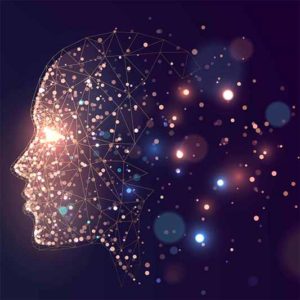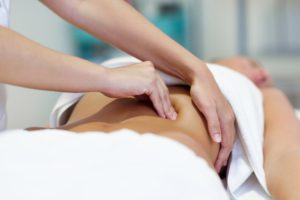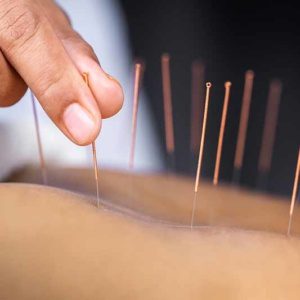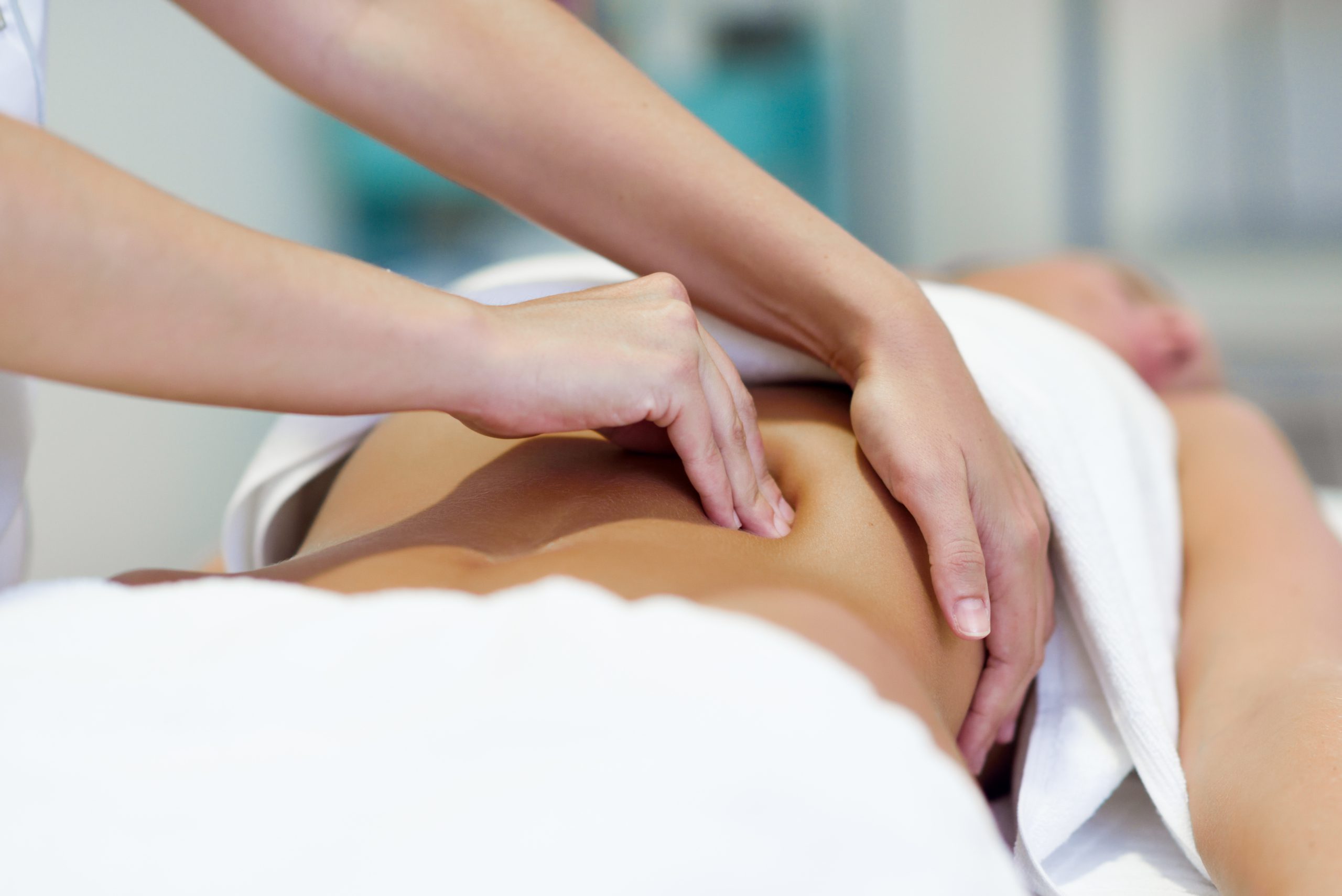Multimodal Pain Therapy for Endometriosis

Multimodal pain management is an important component of endometriosis therapy
Multimodal pain therapy for endometriosis unfortunately still plays a minor role. Due to late diagnosis or recurrence, women with endometriosis have a high risk of developing chronic pain. It is typical that the pain then continues to exist independently of the endometriosis. Therefore, surgery is often not sufficient for pain therapy and should be supplemented by multimodal pain therapy.
Multimodal pain management consists of different treatment approaches and brings together medical, nutritional, psychological and physiotherapeutic practice.
Thus, one uses the effect that exercise, the psyche, nutrition and other aspects can have on pain.
Particularly in the case of chronic and difficult-to-treat complaints, it often makes sense to carry out this comprehensive treatment program as an intensive therapy.
Multimodal therapy is composed of a variety of treatment options that are tailored to the specific disease.
Why is Multimodal Pain Management important?
Women who suffer from endometriosis usually already have a long path of suffering behind them. All too often, it takes several years before the reason for the symptoms is recognized and the diagnosis is made. Thus, years pass without or with limited therapy.
Therefore, many pains are already chronic at the time of diagnosis. And even if a diagnosis is made early, the relapse rate is enormous. Therefore, at every stage, prevention of chronic pain should be a primary treatment goal of physicians, but especially of affected women!
In addition, some affected women also develop psychosomatic symptoms and are more prone to depression due to the reduced quality of life. If social events and even sexual intercourse are no longer possible due to pain, the partnership also suffers.

A team against pain – multimodal pain therapy involves many disciplines!
In many cases, therefore, drug or surgical therapy alone is not sufficient to alleviate the patient’s symptoms. This is where multimodal pain therapy for endometriosis comes in. In order to treat patients in the best possible way and to alleviate pain in the long term, an individual treatment concept must be created.
The aim of multimodal pain therapy is not only to relieve pain, but also to teach patients how to influence it and increase their self-efficacy. It is important that many measures should be used in the long term.
A multimodal pain therapy for endometriosis usually extends over several weeks and can take place both as an outpatient and as an inpatient in special pain therapy centers. Subsequently, many behavioral changes should also be integrated into everyday life to achieve an optimal result.
Confirmed efficacy in other areas of chronic pain.
Chronic pain due to endometriosis often occurs over many years and can lead to psychological suffering and further illnesses in the long term. The quality of life of affected women is so negatively affected that in some cases even participation in normal social life is no longer possible without restrictions.
Therefore, in addition to the medical treatment of endometriosis, physical and psychotherapeutic measures must also be taken.
What areas does multimodal pain management cover?
Understanding chronic pain
Providing patients with comprehensive education and information about the background to their pain is an important part of multimodal pain management. When sufferers understand what exactly is causing the pain, they are more able to counteract the symptoms themselves. It is also important to understand that there are physiological explanations for it, and multimodal pain therapy never assumes that pain is “just imagined.”
Understanding the disease
Endometriosis is a multifaceted disease. Understanding the disease and being able to classify the influence on one’s own life helps with acceptance and solution orientation and thus leads to better therapy results.
Psychological therapy
Psychological well-being can suffer greatly from the effects of endometriosis, so psychological approaches to modular therapy can also be helpful. Mindfulness meditation, for example, has a great impact on psychological well-being.
Physiotherapy
Physical therapy can not only relieve endometriosis-related pain, but also help with organ dysfunction or bladder weakness.
Meditation
Mindfulness exercises and meditation have a deep relaxing effect and at the same time promote concentration. Acute and also chronic pain can be successfully relieved in this way. Autogenic training and hypnosis can also be helpful in pain therapy.
Medication
The classic treatment method for pain is pain therapy with medication. However, medication alone is rarely successful for chronic pain. However, the correct use of painkillers, especially in the initial phase, together with multimodal pain therapy can help to relieve pain. This is particularly useful for acute complaints, for example after operations, in order to avoid chronic pain.
Acupuncture
Acupuncture, as part of traditional Chinese medicine, is increasingly being incorporated in the treatment of chronic pain. It can also be a helpful adjunct for endometriosis sufferers.
Targeted needle pricks at specific acupuncture points are used to achieve a reduction in the intensity and duration of pain.
Exercise therapy
Endometriosis pain often radiates to other areas of the body. The resulting bad posture often puts a strain on the spine, joints and legs. Here, exercise therapy can have a positive effect. Sport also has a beneficial effect on the psyche. It makes people happy and thus more resistant to problems. Depression can also be counteracted with exercise.
Muscle building
Targeted muscle building is just as important for chronic pain as exercise. Since endometriosis often leads to a protective posture, it is especially necessary to strengthen the muscles in the back.
Osteopathy
In osteopathy one tries to solve blockades in the body and to activate the self-healing powers. Through manual intervention, functional disorders and subsequently pain can be treated.
There are also already first studies that prove the effectiveness in endometriosis complaints.
Massage
Massages have also proven effective for chronic pain. They relax the muscles and provide relief in this way.
Nutrition
Diet can have both positive and negative effects on pain. For example, a study on the link between diet and endometriosis demonstrated a correlation between the intake of certain foods and the risk of endometriosis.
Neurosacral modulation
Sacral neuromodulation is already an established therapy for some chronic (pain) disorders. In endometriosis, initial pilot studies have shown promising results.
Per implanted probes, weak electronic impulses are used to influence pain perception. This method is currently being investigated and, due to its invasiveness, is currently only used for pain that is otherwise difficult to treat.
Documentation/pain diary
It is also important to keep track of everything. Those who consciously document the symptoms and measures notice more quickly what has helped and therefore also incorporate it more often into everyday life. This can be a paper diary, an Excel spreadsheet or our app with clear evaluations.
Individual therapies
Hot water bottle, exercises, yoga, creative therapy – the goal is also to find out what helps with the individual pain. Finding this out for yourself may not cure endometriosis, but it can certainly make life with it much more pleasant in the long term.
References
What has been your experience with Multimodal Pain Management?
Feel free to leave us a comment.
- Current Research on Endometriosis: An Interview with Deborah Bush - 6. February 2024
- Pain and Pain Management – Interview with Rehab Psychologist Teresa - 19. November 2023
- Physiotherapy for Endometriosis – Interview with Annika Cost – with Exercises - 19. November 2023














